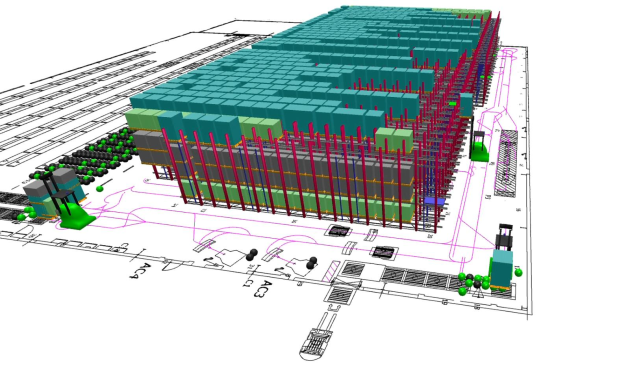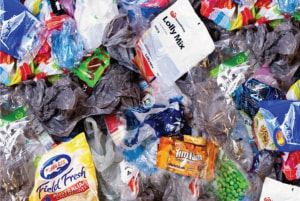Disorganisation, haphazard storage, locating stock, and safety are common distribution challenges. Robotic Automation explains how a specified Automated Storage and Retrieval System (ASRS) shuttle system can help solve those issues.
When a major player in the logistics sector, Tacca Industries, came to Robotic Automation (RA), it was dealing with significant operational challenges in its existing warehouse facility.
The lack of organisation and haphazard arrangement of pallets resulted in inefficiencies, with difficulties in finding stock leading to unnecessary delays and increased manufacturing costs.

Tall pallet stacks were a safety concern and there were incidents of forklift operators damaging racking structures.
To address these issues, the client sought a solution that would streamline warehouse operations, improve stock management, enhance safety, and integrate seamlessly with a new, RA specified Automated Storage and Retrieval System (ASRS) shuttle system.
There were two key obstacles in this project: firstly, the requirement to integrate the new Automatic Guided Vehicle (AGV) system with the ASRS shuttle system, and secondly, the need to transition the entire warehouse inventory into the new system without interrupting ongoing operations.
A tailored solution
To implement the solution effectively, a phased approach was adopted using the following steps.
AGV Deployment
A fleet of four MAXAGVs was introduced into the facility. These state-of-the-art vehicles are designed to autonomously navigate the warehouse environment, retrieve, and transport pallets of product (sometimes x2 high) with precision.
Inventory transition and scanning
All existing stock in the disorganised warehouse was systematically removed and scanned into the new Warehouse Management System (WMS). This process enabled accurate tracking of each item while ensuring uninterrupted warehouse functionality.
Pallet scanning and placement
Pallets arriving from the manufacturing area were meticulously scanned by forklift operators. The WMS, armed with real-time data, determined the optimal rack location for each piece of stock, thereby enhancing storage density and accessibility.
AGV stock movement
Once the storage location was determined, the AGVs seamlessly transported the pallets to the designated rack location. The AGVs also controlled the ASRS shuttle system, commanding it to store items logically in the up to 22 deep rack positions, maximising warehouse space utilisation.
Order fulfilment automation
The AGV system facilitated autonomous order fulfilment. Upon receiving an order, the AGVs efficiently retrieved the required combination of stock types and delivered them to the outfeed area, streamlining the order processing workflow.
3D visualisation
The incorporation of a 3D visualisation component within the new WMS enhanced visibility and navigation within the warehouse and can be easily viewed on smart phones, pads and laptops. This visual representation of the warehouse layout enabled efficient stock identification and retrieval.

Equipment and integration
The core elements of the solution included:
• Four AGVs, engineered for optimal navigation and precision;
• seamless integration of the AGV system with the ASRS shuttle system, ensuring synchronised and efficient operations; and
• the introduction of a 3D visualisation feature within the WMS, providing a comprehensive and intuitive view of the warehouse layout and stock distribution.
Benefits realised
The implementation of the AGV system in conjunction with the ASRS shuttle system yielded several significant benefits:
Enhanced operations: The warehouse transitioned to a 24/7 operation, significantly improving operational efficiency.
Streamlined stock management: The 3D visualisation feature made stock identification and retrieval simple and efficient, reducing the time taken to locate items.
Autonomous order fulfilment: The system enabled seamless and autonomous order processing, further expediting customer deliveries.
Optimised space utilisation: The AGVs and ASRS shuttle system collaboration maximised warehouse space utilisation with a gain of two to three times the volume of pallets utilising the same footprint.
Enhanced safety: The organised storage system also reduced safety risks with tall pallet stacks no longer required and more space available, forklift-related incidents have been reduced.
By effectively integrating a sophisticated AGV system with an ASRS shuttle system, the client transformed its chaotic warehouse into a streamlined and efficient operation.
The innovative solution not only resolved the initial challenges but also laid the foundation for improved productivity, safety, and customer satisfaction. This successful case study serves as a testament to the power of advanced automation and integration in modern warehouse management.
This story first appeared in the February/March edition of Food & Drink Business magazine.






